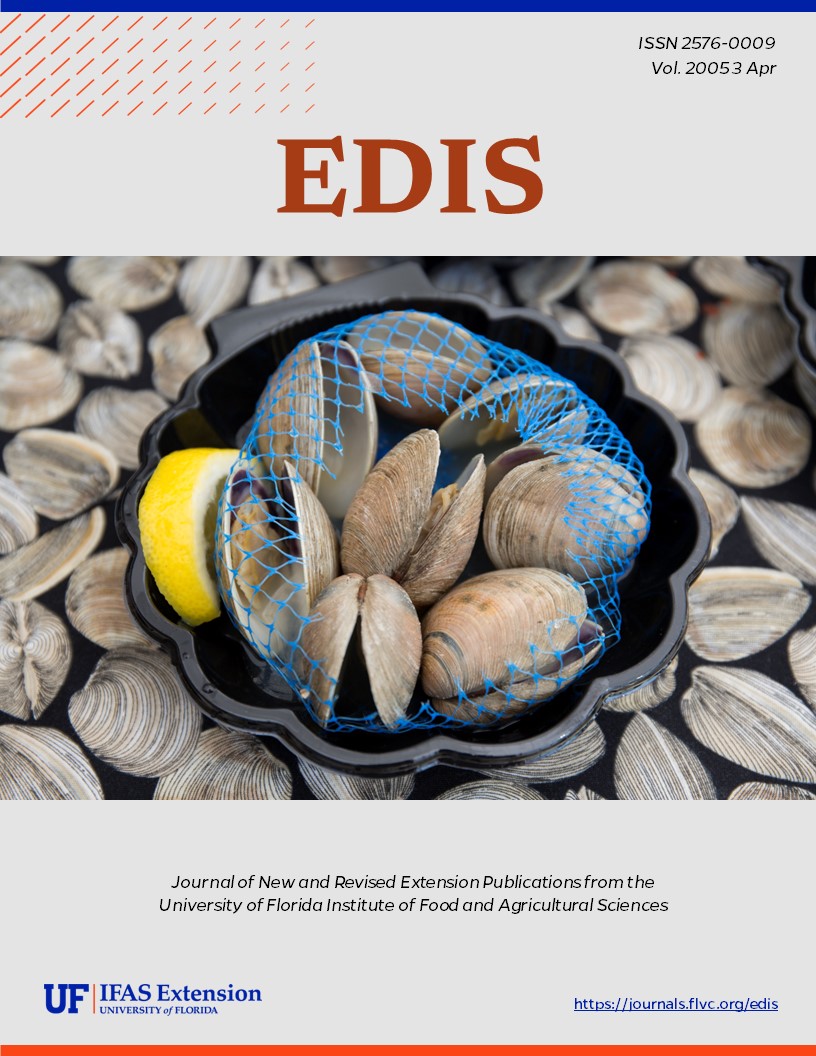Abstract
Nine species of Tomarus Erichson (formerly Ligyrus Burmeister) occur in the United States, only four of which occur in Florida, including T. gibbosus DeGeer, T. cuniculus (Fabricius), T. neglectus LeConte, and T. subtropicus (Blatchley). Tomarus subtropicus is native to Florida, where it is a turfgrass pest and the most important sugarcane pest. This document is EENY-318, one of a series of Featured Creatures from the Entomology and Nematology Department, Florida Cooperative Extension Service, Institute of Food and Agricultural Sciences, University of Florida. Published: December 2003.
References
Boucias DG, Cherry RH, Anderson DL. 1986. Incidence of Bacillus popilliae in Ligyrus subtropicus and Cyclocephala parallela (Coleoptera: Scarabaeidae) in Florida sugarcane fields. Environmental Entomology 15: 703-705. https://doi.org/10.1093/ee/15.3.703
Cartwright OL. 1959. Scarab beetles of the genus Bothynus in the United States (Coleoptera: Scarabaeidae). Proceedings of the United States National Museum Vol. 108 (3409): 515-541. https://doi.org/10.5479/si.00963801.108-3409.515
Cherry RH. 1985. Seasonal phenology of white grubs (Coleoptera: Scarabaeidae) in Florida sugarcane fields. Journal of Economic Entomology 78: 787-789. https://doi.org/10.1093/jee/78.4.787
Endr"di S. 1985. The Dynastinae of the World. W. Junk. London, 800 pp.
Gordon RD, Anderson DM. 1981. The species of Scarabaeidae (Coleoptera) associated with sugarcane in South Florida. Florida Entomologist 64: 119-138. https://doi.org/10.2307/3494604
Sosa Jr O, Hall DG. 1989. Mortality of Ligyrus subtropicus (Coleoptera: Scarabaeidae) by entomogenous nematodes in field and laboratory trials. Journal of Economic Entomology 82: 740-744. https://doi.org/10.1093/jee/82.3.740
Unless otherwise specified, articles published in the EDIS journal after January 1, 2024 are licensed under a Creative Commons Attribution-NonCommercial-NoDerivs 4.0 International (CC BY-NC-ND 4.0) license.

